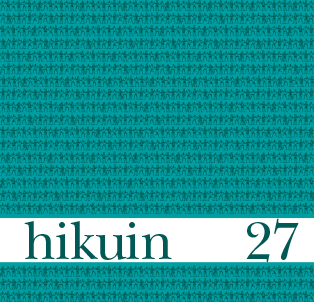Det Osteologiske Paradoks
Et identifikationsproblem
Resumé
The Osteological Paradox.
An Identification Problem
By Hans Christian Petersen
In studies of human skeletal material from medieval cemeteries one of the main objects of study is the health and wellbeing of the population represented by the skeletons. Often comparisons between social, regional or chronological groups are attempted. As studies of this kind try to make inference about the once living people by looking at their skeletal remains, the possibility of reaching wrong conclusions is present. One obvious problem is the possibility that the most healthy will live long enough to develop skeletal lesions specific to a certain disease investigated, whereas the more frail ones die before they develop these lesions. A straightforward – and wrong – conclusion would be that the healthy population is more affected by the specific disease than the less healthy population. However, other more intriguing aspects of the osteological paradox exist, basically leading to the risk of obtaining wrong estimates of the parameters describing the health status of the population(s) in question. With wrong parameter estimates one will also get wrong comparisons of, say, frequencies of individuals affected by different diseases. The parameters are not identifiable. The major problem is the impact of selective mortality, i.e., the fact that the more frail individuals are more prone to die at a certain stage of a developing disease than are the less frail individuals. This means that it is not always possible to identify the right explanation among several possible explanations for an observed pattern of skeletal lesions. Examples are given and suggestions for solving at least some of the problems are presented.
Referencer
Byers, Steven N.: On stress and stature in the ”osteological paradox”. Current Anthropology vol. 35, 1994, s. 282-284.
Cohen, Mark Nathan: The osteological paradox reconsidered. Current Anthropology vol. 35, 1994, s. 629-631.
–:Does paleopathology measure community health? A rebuttal of ”The Osteological Paradox” and its implications for World History. Integrating Archaeological Demography: Multidisciplinary Approaches to Prehistoric Population. Ed. R. R. Paine. Center for Archaeological Investigations, Southern Illinios University, Carbondale, Occasional Papers No. 24, 1997, s. 242-260.
Goodman, Alan H.: On the interpretation of health from skeletal remains. Current Anthropology vol. 34, 1993, s. 281-288.
Jackes, Mary: On paradox and osteology. Current Anthropology vol. 34, 1993, s. 434-439.
Lynnerup, Niels, Morten Qvist & Preben Homøe: Mellemørebetændelse. Hikuin dette bind.
Milner, George R., James W. Wood & Jesper L. Boldsen: Paleodemography. Biological Anthropology of the Human Skeleton. Eds. M. A. Katzenberg & S. R. Saunders. New York 2000, s. 467-497.
Ribot, Isabelle & Charlotte Roberts: A study of non-specific stress indicators and skeletal growth in two Mediaeval subadult populations. Journal of Archaeological Science vol. 23, 1996, s. 67-79.
Usher, Bethany M.: A multistate model of health and mortality from skeletal remains [Abstract]. 3.Nordiske Seminar om Biologisk Antropologi, Clara Lachmann Symposium 1998. København 1998, s. 58-59.
Wood, James W. & George R. Milner: Reply. Current Anthropology vol. 35, 1994, s. 631-637.
Wood, James W., George R. Milner, Henry C. Harpending & Kenneth M. Weiss: The Osteological Paradox. Problems of inferring prehistoric health from skeletal samples. Current Anthropology vol. 33, 1992, s. 343-370.
Downloads
Publiceret
Citation/Eksport
Nummer
Sektion
Licens
Forfatter og Forlag.





